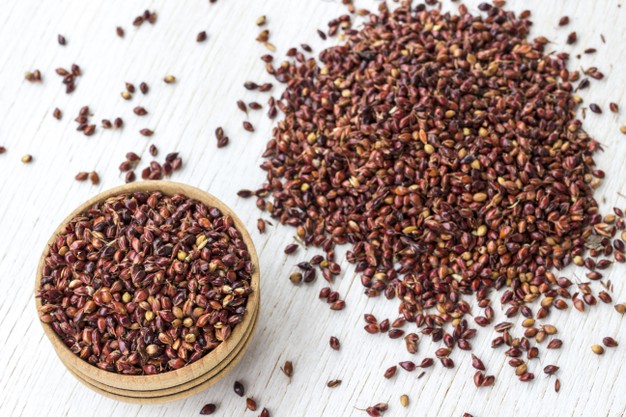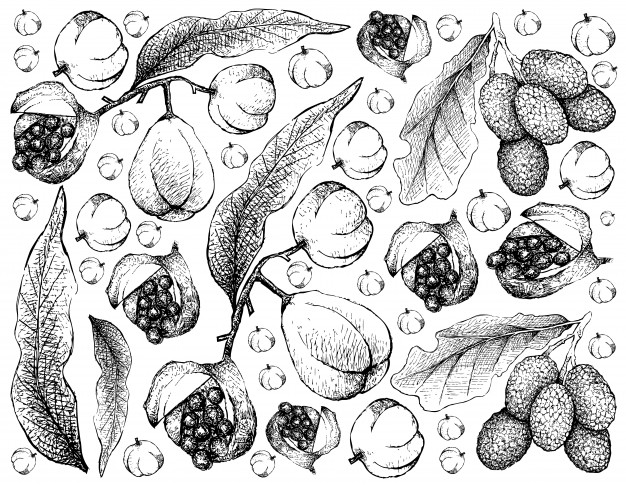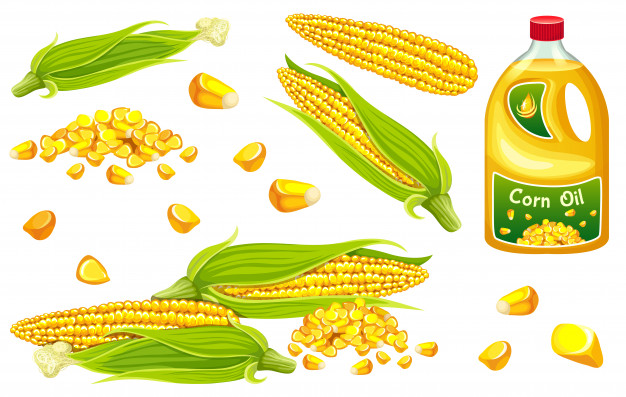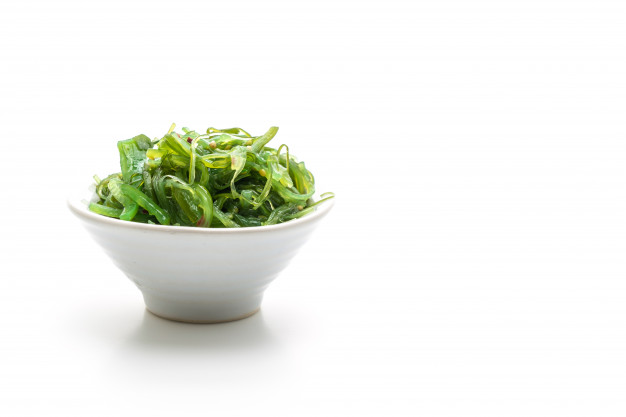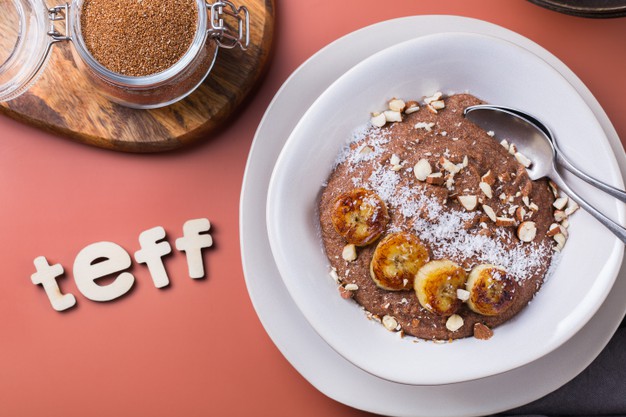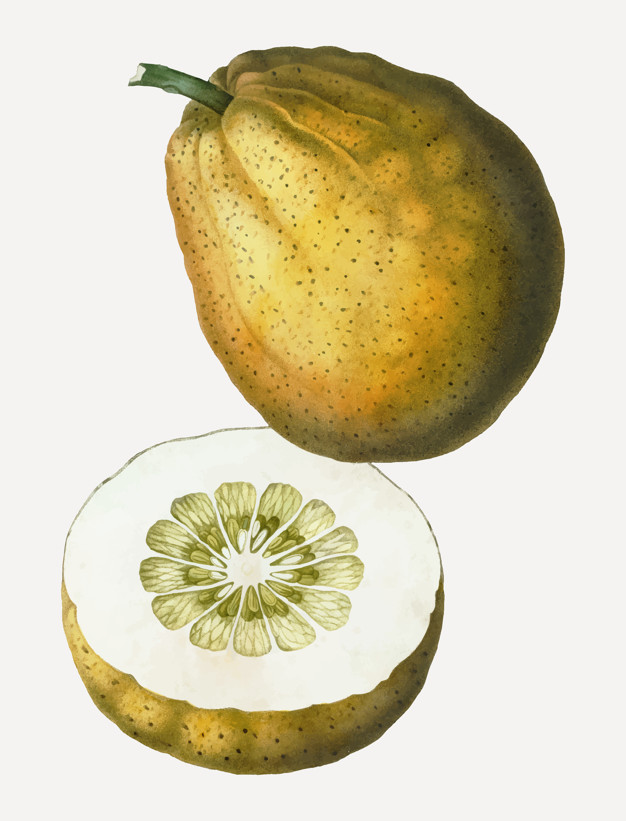Finger millet also known as ragi is a nutritious cereal crop, widely cultivated in the tropical region of Asia and Africa. It has been traditionally used for various medicinal purposes.
Nutritional profile
- It contains desirable amount of carbohydrate
- It is also rich in soluble and insoluble fibres
- It is high in protein too and it contains various essential amino acids thus it is considered as an excellent source of protein for vegans
- It contains negligible amount of fat
- It is packed with numerous micronutrients and phytonutrients
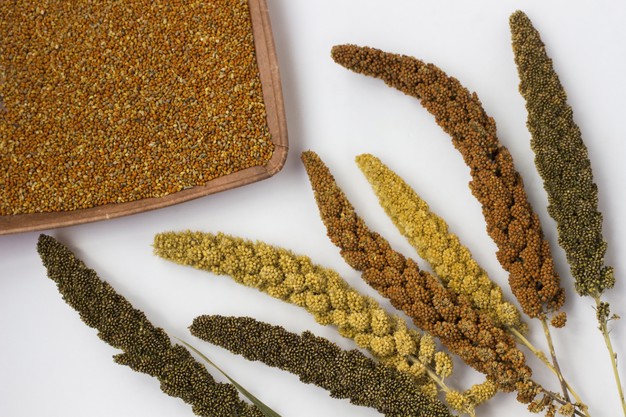
Biological activities
Antioxidant activity
- Finger millet is packed with antioxidants thus its consumption is very useful for protecting the body from free radical induced oxidative damages
- It also helps to promote cellular functions by preventing oxidative stress thus reduces the risk of developing various chronic diseases like cardiovascular disease, cancers, diabetes, hepatic disorders etc
Anti-carcinogenic activity
- Consumption of finger millet helps to decrease the susceptibility of carcinoma as its flavonoids and polyphenolic compounds are responsible for exerting anti-carcinogenic activities
- It helps to suppress the growth of tumor cells as well as malignant cells in body

Anti-microbial activity
- It exerts potent anti-microbial activity and helps to inhibit the growth and reproduction of microbes within host
- It has seen that it is significantly effective against various bacteria like Bacillus cereus, which is responsible for food poisoning, Staphylococcus aureus, responsible for skin infections and Salmonella sp, accountable for typhoid fever
Health benefits
Role on mental health
- It acts as an effective natural relaxant, which helps to reduce stress and anxiety
- It has seen that tryptophan (amino acid) present in finger millet is responsible for relaxing the mind as it is associated with regulating the level of serotonin
- It also helps to promote healthy sleeping thus individual suffer from insomnia can easily include finger millets in their diet
- It helps to improve mood as well
- It is also associated with providing adequate calmness to the body thus its consumption helps to stabilize various anxiety disorders
- Consumption of finger millet during summer is also very beneficial as it helps to cool the body
Role on bone and teeth
- Finger millet contains significant amount of calcium and phosphorus, both of which are essentially required by the body for the growth and development of bones as well as teeth
- It improves the strength of teeth
- It also helps to increase bone mass density by enhancing bone mineralization thus significantly decreases the prevalence of bone fractures
- It is better to provide finger millet especially to children as it is closely related with strengthening the bones where as it is also linked with restoring the bone density among older people
- It improves the symptoms of osteoporosis as well

Role on weight management
- It helps to reduce weight in a unique way
- Its fibre contents are responsible for slowing down digestion rate therefore helps to keep an individual fuller for a long period of time with minimum calories
- Tryptophan present in finger millet also helps in weight reduction as it is associated with curbing appetite
- It contains less amount of saturated fat and this feature makes it an ideal cereal product especially for those individual who want to lose their body weight
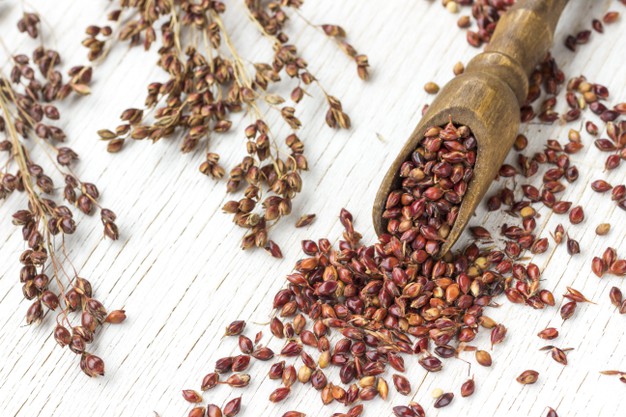
Role on nervous system
- It contains adequate amount of B Vitamins that play imperative role in promoting the growth of nervous system
- Tryptophan amino acid of finger millet also boosts nervous functions
- It helps to improve the conduction of nerve impulse as well
- It helps to increase memory by activating memory centers of brain
- Its consumption is also related with enhancing the cognitive ability

Role on skin
- Its B vitamins components especially Vitamin B3 plays significant role in promoting skin health
- It is also associated with delaying the ageing process thus its consumption is very much helpful for providing a younger look to the skin
- Methionine and Lysine are the two most important amino acids found in finger millet that help to protect the skin from the risk of skin dullness, wrinkles and rashes
- Its vitamin E component is also associated with improving skin health as well as skin glow
Role on hair
- It helps to promote hair growth by improving blood circulation to the scalp that ultimately helps to provide proper nourishment to the hair follicle by enhancing the supply of nutrients
- Its protein contents also help to prevent hair falls
Role on endurance
- Its high protein contents and high fibre contents are responsible for increasing the endurance level of the body
- Its hypotensive effect is associated with increasing blood circulation, which also helps to improve performance ability as proper blood supply is directly linked with supplying adequate nutrients and oxygen to every cell of the body that ultimately support the energy metabolism

Role on maternal health
- Consumption of finger millet during gestation is a great choice
- We know that there is an expansion of blood volume occurred during pregnancy and consumption of finger millet is very effective at that time because it is significantly rich in iron
- Its calcium content also helps to promote the growth and development of fetal skeletal system
- It also helps to balance the hormonal activities among pregnant women thus its consumption is extremely helpful for decreasing the risk of developing maternal complications
Role on lactation
- Lactating mothers should include finger millet in their diet as it helps to increase milk production
- It is also associated with enriching the breast milk with numerous imperative minerals as well as with various vital amino acids, which are extremely essential for both mother and child
Therapeutic uses
- It contains various cardio protective nutrients that help to promote cardiac health and functionality
- Its hypocholesterolemic effect is very much helpful for reducing the prevalence of atherosclerosis thus it decreases the risk of developing coronary artery disease later in life
- Its fibre content helps to prevent constipation
- It helps to promote digestion as well
- It is very effective for improving the symptoms of irritable bowel syndrome
- Its consumption is also very helpful for reducing the prevalence of colon cancer
- Regular consumption of finger millet significantly reduces the risk of hyperglycemia. Its fibre and polyphenolic components are responsible for decreasing blood sugar concentration
- Being gluten free cereal it can be easily consumed by individual with celiac disease
- It also helps to prevent iron deficiency anemia

Ayurvedic uses
It has been extensively used in Ayurveda for treating hypertension, hepatic disorders, cancers and depression
Culinary uses
- It can be used for preparing various dishes like upma, idli, dosa, halwas, parathas, kheer, rotis
- Finger millet malt can also be consumed. It is considered as a healthy energy drink, which can be included in weight reducing diet
- It can be used for preparing soups as well
- Consumption of porridge prepared by finger millet, milk and honey is considered as one of the most nutritious breakfast meals for toddlers
Risk factors
Regular consumption of finger millet is harmful for those individuals who suffer from renal disorders as it is high in calcium thus it can increase the risk of developing renal calculi.
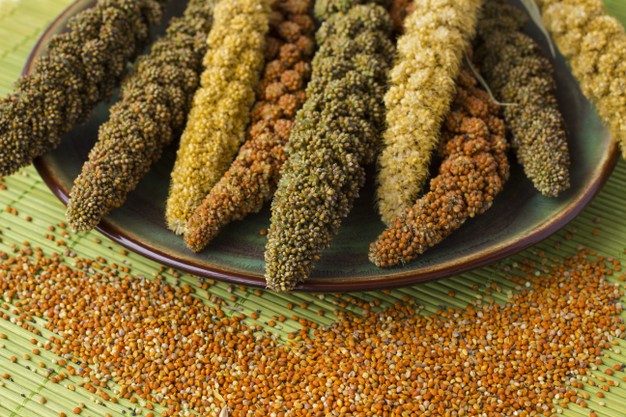
Source:
Chandra, D., Chandra, S. and Sharma, A.K., 2016. Review of Finger millet (Eleusine coracana (L.) Gaertn): a power house of health benefiting nutrients. Food Science and Human Wellness, 5(3), pp.149-155.
Devi, P.B., Vijayabharathi, R., Sathyabama, S., Malleshi, N.G. and Priyadarisini, V.B., 2014. Health benefits of finger millet (Eleusine coracana L.) polyphenols and dietary fiber: a review. Journal of food science and technology, 51(6), pp.1021-1040.
Okwudili, U.H., Gyebi, D.K. and Obiefuna, J.A.I., 2017. Finger millet bioactive compounds, bioaccessibility, and potential health effects–a review. Czech Journal of Food Sciences, 35(1), pp.7-17.
Ramashia, S.E., Anyasi, T.A., Gwata, E.T., Meddows-Taylor, S. and Jideani, A.I.O., 2019. Processing, nutritional composition and health benefits of finger millet in sub-saharan Africa. Food Science and Technology, 39(2), pp.253-266.
Shobana, S., Krishnaswamy, K., Sudha, V., Malleshi, N.G., Anjana, R.M., Palaniappan, L. and Mohan, V., 2013. Finger millet (Ragi, Eleusine coracana L.): a review of its nutritional properties, processing, and plausible health benefits. Advances in food and nutrition research, 69, pp.1-39.
Sood, S., Joshi, D.C., Chandra, A.K. and Kumar, A., 2019. Phenomics and genomics of finger millet: current status and future prospects. Planta, 250(3), pp.731-751.
Thapliyal, V. and Singh, K., 2015. Finger millet: potential millet for food security and power house of nutrients. International or Research in Agriculture and Forestry, 2(2).
